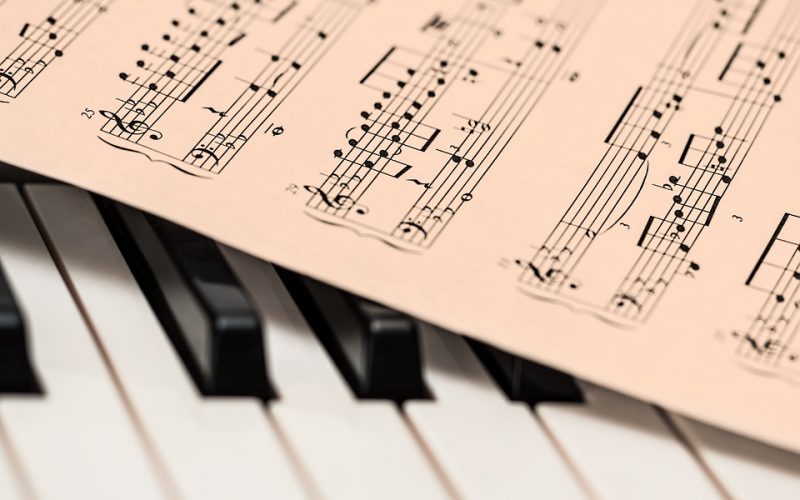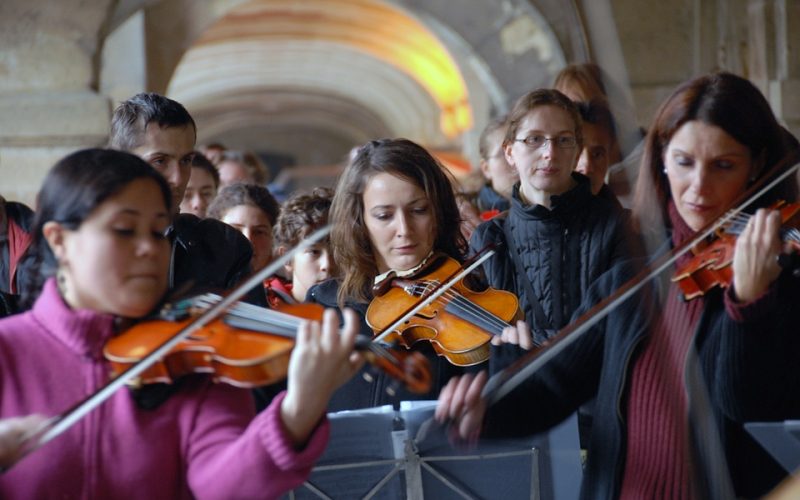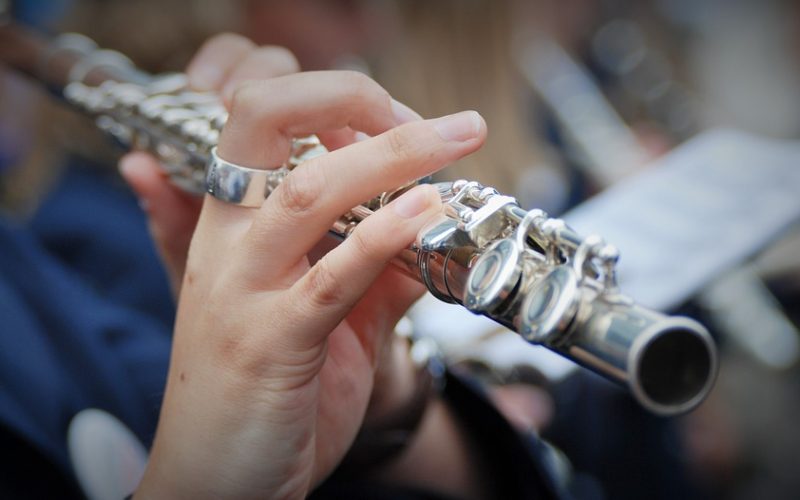Composers and performers of music have one important goal in common. They want the audience to feel the music as they listen to it. To do this, they work hard to perfect each note of a piece and present it in a way that allows the audience to share the emotional content intended within the piece. Sometimes music makes people happy, and other times it makes people sad. It all depends on the basic melodic line and the way it is performed by the musicians. Each piece is designed to generate emotional content for the listening audience.
Not all music must be loud in order to generate emotion. Some pieces are very quiet and almost force the listener to lean forward to hear the sounds. It might not seem these performances would generate any emotion, but that is exactly what they do. By listening harder, the audience pays greater attention and absorbs the emotional content intended by the composer. This type of music presents nuances for the audience to enjoy and understand. If performed correctly, the audience will take away more emotional content than music performed at a higher volume.
There are many pieces of music that create large amounts of sound. Marches are an excellent example of this part of classical music. John Philip Souza wrote marches that are still played around the world today. They were very regimented and heavy on sound. Each instrument added to the melodic line and created a musical whole. Bands are generally used to perform this type of music. Their sound is not amplified, but can be easily heard. Their tone is stirring and upbeat for the audience.
There is a great deal of variation in music performance. Much of the reason for the variations depends upon the intent of the composer. The mood created is within the notes and melody of each piece. It is the job of the musicians and their conductor to bring emotional experience to the audience at the correct sound level. A great performance matches mood with sound level to create the perfect emotional experience for the audience members.















